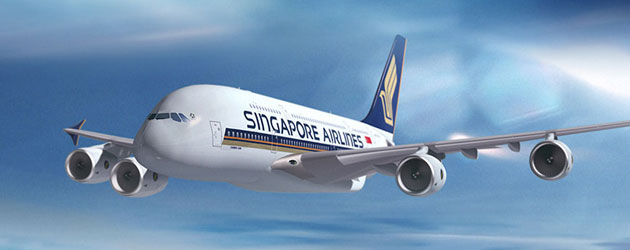
The new Singapore Airlines A380 is an engineering marvel. Sadly, despite boasting that it ‘offers, by far, the most spacious Business Class seat in the world’, it seems that the designers were not travellers. Either that, or they are not good observers of human nature.
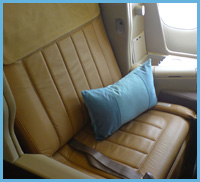 I flew on this craft and found the seat to be one of the most uncomfortable ever. It was the widest ever, with excellent entertainment and superb dining. The staff were exceptional, and the airport club was spotless and inviting. Everything was brilliant, except for the core of the activity. The core is the flight. Everything except the flight was grand. The seat was back-breaking and frustrating. Here’s a lesson for designers and teachers and anyone who offers a service or who designs a product: learn the ways of humans.
I flew on this craft and found the seat to be one of the most uncomfortable ever. It was the widest ever, with excellent entertainment and superb dining. The staff were exceptional, and the airport club was spotless and inviting. Everything was brilliant, except for the core of the activity. The core is the flight. Everything except the flight was grand. The seat was back-breaking and frustrating. Here’s a lesson for designers and teachers and anyone who offers a service or who designs a product: learn the ways of humans.
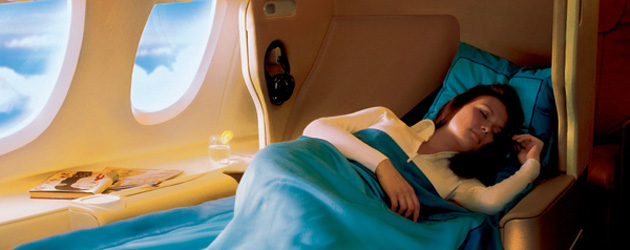 If we lined-up a range of seats from competing airlines, and laid them out for people to test, no doubt people would vote the Singapore A380 as one of the best. However, that is not the way that travellers experience an airline’s seat. They are ushered on board and told to sit up, belt up, and wait until the captain permits them to move about the cabin. So, to unwind, people will put their feet up, then they will watch a movie, and enjoy the fine dining. After that, they will slowly ease into good music or do some work and take some notes.
If we lined-up a range of seats from competing airlines, and laid them out for people to test, no doubt people would vote the Singapore A380 as one of the best. However, that is not the way that travellers experience an airline’s seat. They are ushered on board and told to sit up, belt up, and wait until the captain permits them to move about the cabin. So, to unwind, people will put their feet up, then they will watch a movie, and enjoy the fine dining. After that, they will slowly ease into good music or do some work and take some notes.![]()
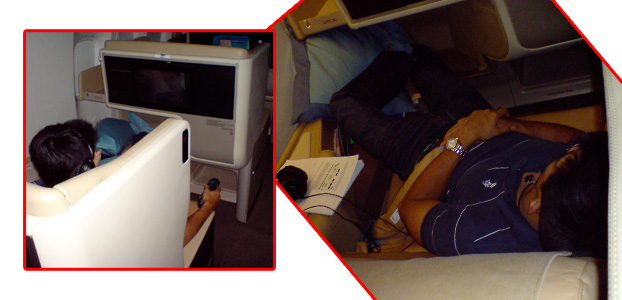
Slowly, very slowly, people will begin to tire. So they recline, and shift, and take their shoes off and lean back. Notice how all this is slow. This means that people do not decide to sleep, they slowly droop into a slumber. With this in mind, the designers of the A380 have failed, completely. It was my worst flight ever. Humans are lazy. And they become lazier, the more lazy they feel. We procrastinate. We put things off.
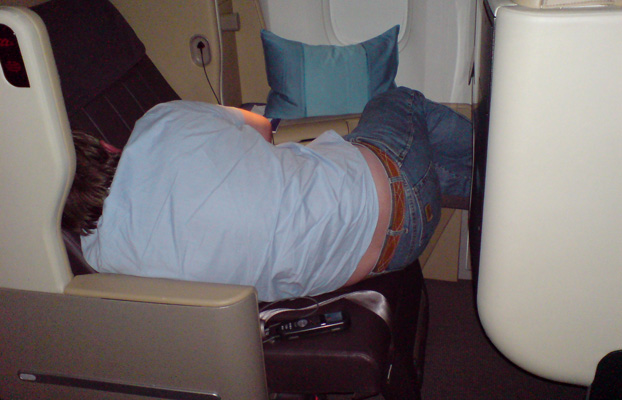
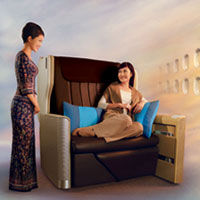 A designer needs to understand the flow. First we sit, then we recline. Sadly, this seat, the world’s most spacious, has very limited recline. In fact, the recline of this seat is almost that of an average economy class. And what makes it worse is that the seat is wide – far too wide, which means that it offers no bucket support. One needs very many pillows and cushions to feel supported. So we had no decent recline, and no body support. The lazy, tired traveller will procrastinate and just put up with it, thinking that the flat bed experience will assist in due course, but here’s the next bad bit: the flat bed is not something that a passenger can activate while seated. One has to get out of the seat, remove all magazines and papers, clear the whole area, and press and lift and move and tug and tuck and push and fold and click and then furnish the bed. Way too many moves. On a scale of fuss, it’s easy if you were asked to do it at the experimentation lab. Not so bad if you were standing there to test the seat. But when you are an exhausted traveller who had been in the seat for three hours, you feel listless and sleepy, and in no mood to stand up and fuss about. So you sit there, aching and tossing and turning and wondering how the world’s latest engineering marvel can be such a dud.
A designer needs to understand the flow. First we sit, then we recline. Sadly, this seat, the world’s most spacious, has very limited recline. In fact, the recline of this seat is almost that of an average economy class. And what makes it worse is that the seat is wide – far too wide, which means that it offers no bucket support. One needs very many pillows and cushions to feel supported. So we had no decent recline, and no body support. The lazy, tired traveller will procrastinate and just put up with it, thinking that the flat bed experience will assist in due course, but here’s the next bad bit: the flat bed is not something that a passenger can activate while seated. One has to get out of the seat, remove all magazines and papers, clear the whole area, and press and lift and move and tug and tuck and push and fold and click and then furnish the bed. Way too many moves. On a scale of fuss, it’s easy if you were asked to do it at the experimentation lab. Not so bad if you were standing there to test the seat. But when you are an exhausted traveller who had been in the seat for three hours, you feel listless and sleepy, and in no mood to stand up and fuss about. So you sit there, aching and tossing and turning and wondering how the world’s latest engineering marvel can be such a dud.
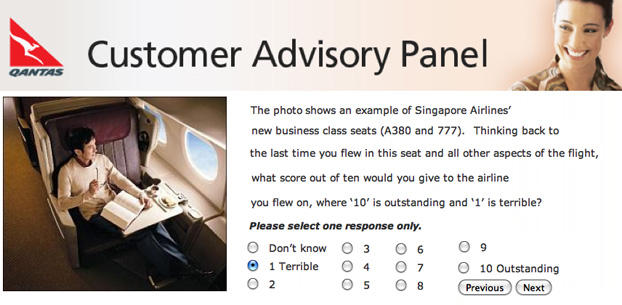
![]()



Comments are closed.